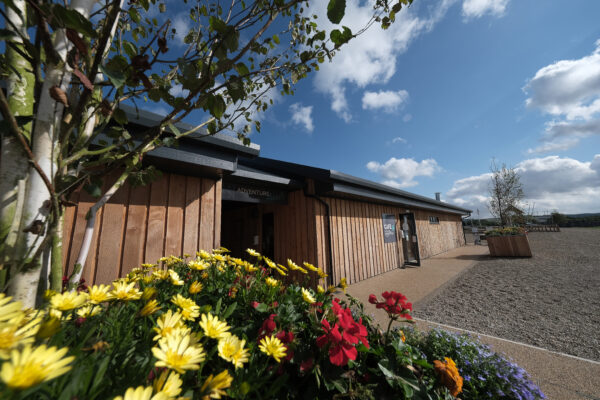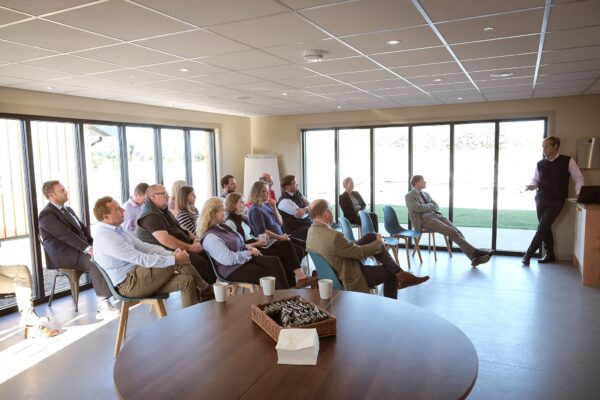Event Room
Whether its a birthday or office party, christening or engagement, our private events room is in the perfect setting for up to 20 guests.
Theres also a fully licensed bar, friendly services and lots of delicious menu on offer!
For further details please email with your preffered time and date to: info@northyorkshirewaterpark.co.uk

Our Event Room next to the café has panoramic views of the water sports lake

The space is designed to be adapted for any event.

Whether it's a boardroom meeting, training course or a team building day, our Event Room is perfect.

Host your meeting in a modern professional layout

Relax in between activities and make full use of our catering facilities
North Yorkshire Waterpark and the link to the skies……….
The North Yorkshire Waterpark is built on what was, between August 1918 and June 1919, RAF West Ayton. It was one of a series of aerodromes built along the East coast at the end of the Great War to combat the German U-boat threat. The airfield was somewhat basic, having a grass runway, one Bessonneau canvas-covered hangar, situated about five hundred yards due east of this café, and a small hut with a telephone. The aircrew and staff were sheltered in the traditional (now demolished) farm buildings situated next to the hangar. Soon after the end of hostilities the RAF abandoned the airfield, leaving a number of unexploded incendiary bombs buried in the surrounding fields to remind local farmers of its existence!
The function room is called the 251 room to commemorate 251 Squadron which was based on the site during the Great War. The unit was formed on 1 May 1918, under the command of Major J.D.Maude, to undertake anti-submarine patrols and drew its pilots from both the Royal Flying Corps and the Royal Naval Air Service. There were about ninety-four men on its roster at RAF West Ayton, all of whom were billeted locally, where they earned a reputation of being “high spirited”. During their time at the aerodrome they flew the cumbersome Airco DH.6 (known affectionately as the “clockwork mouse” and the “flying coffin”) on regular patrols out into the North Sea in a vain attempt to combat the U-boat menace which threatened to bring Britain to its knees. This proved to be next to impossible as the pilots were expected to simultaneously fly, keep a look out for and then single-handedly bomb the submarines. However thankless their task, the experience gained by these brave men led in time to the creation of Coastal Command in 1936 which went on to sink 212 U-boats during the Second World War. This success was one of the primary reasons why the Allies ultimately managed to prevail in the Battle of the Atlantic.





